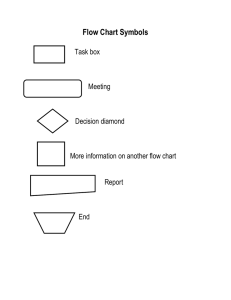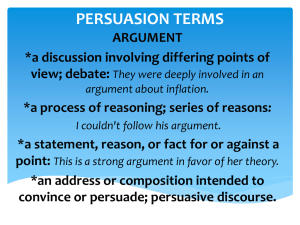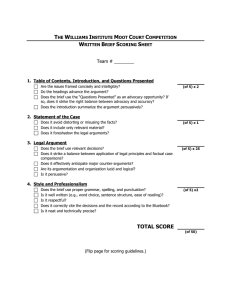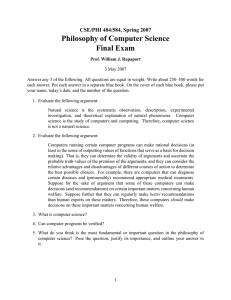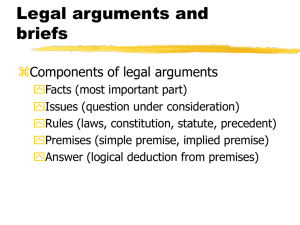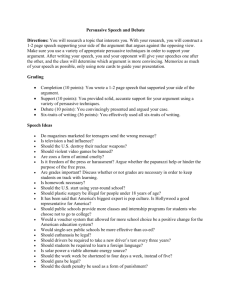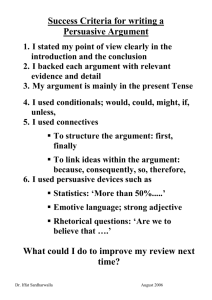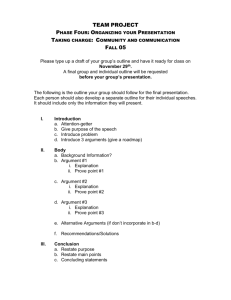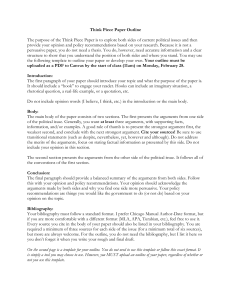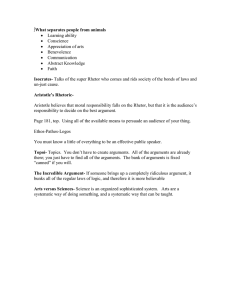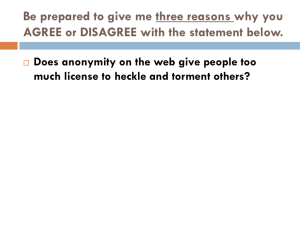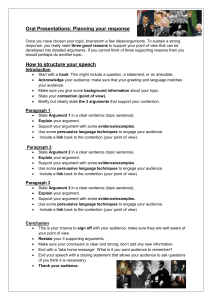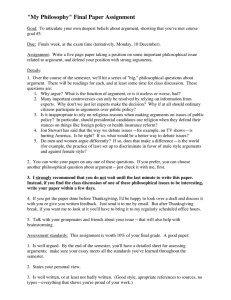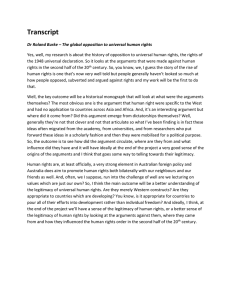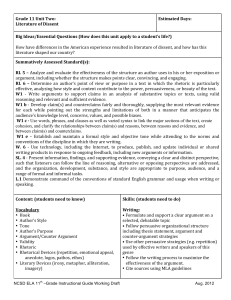writing a policy brief
advertisement
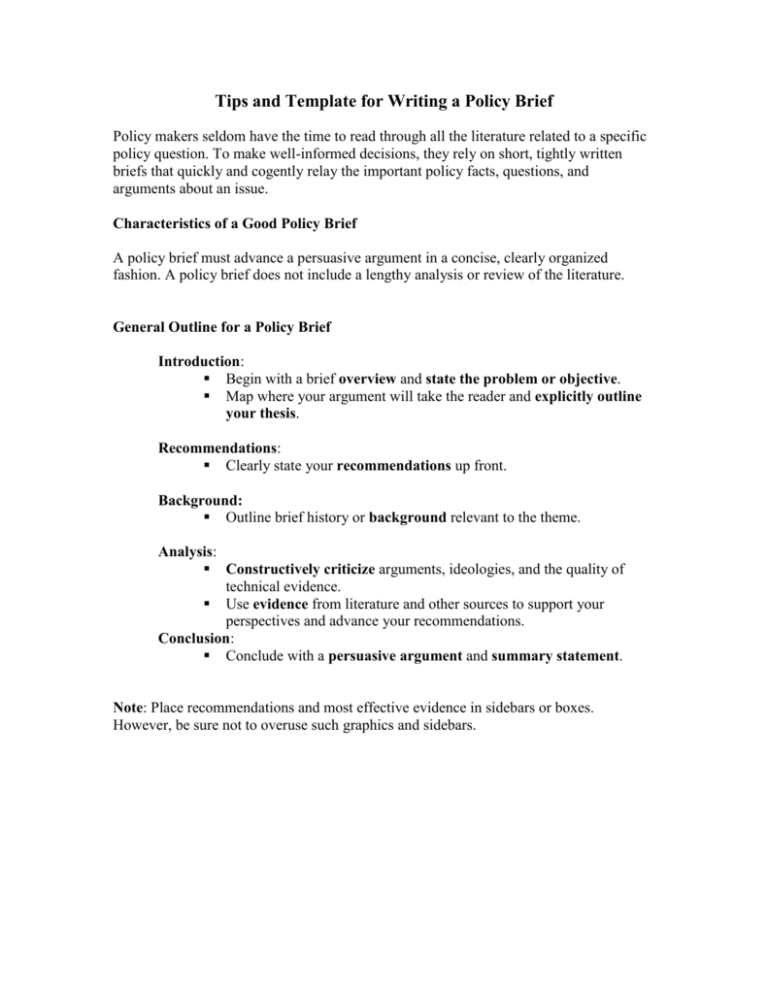
Tips and Template for Writing a Policy Brief Policy makers seldom have the time to read through all the literature related to a specific policy question. To make well-informed decisions, they rely on short, tightly written briefs that quickly and cogently relay the important policy facts, questions, and arguments about an issue. Characteristics of a Good Policy Brief A policy brief must advance a persuasive argument in a concise, clearly organized fashion. A policy brief does not include a lengthy analysis or review of the literature. General Outline for a Policy Brief Introduction: Begin with a brief overview and state the problem or objective. Map where your argument will take the reader and explicitly outline your thesis. Recommendations: Clearly state your recommendations up front. Background: Outline brief history or background relevant to the theme. Analysis: Constructively criticize arguments, ideologies, and the quality of technical evidence. Use evidence from literature and other sources to support your perspectives and advance your recommendations. Conclusion: Conclude with a persuasive argument and summary statement. Note: Place recommendations and most effective evidence in sidebars or boxes. However, be sure not to overuse such graphics and sidebars.


